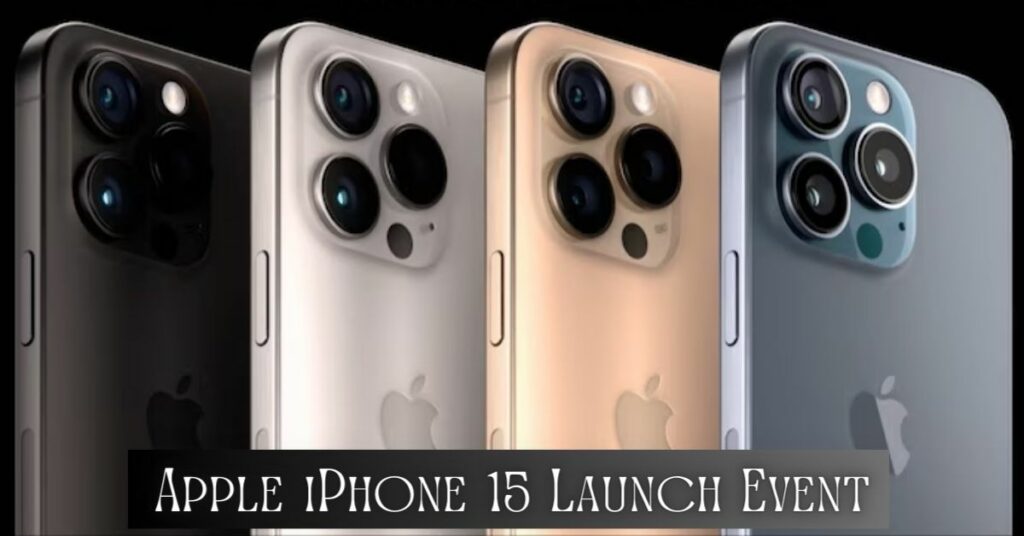The widespread criticism of fluorescent lighting is attributable, in part, to the growing concern of businesses, individuals, and government organizations for preserving energy and protecting the planet.
Compared to more advanced options, traditional fluorescent lights are inefficient, and they release dangerous chemicals and components into the atmosphere.
This not only results in monetary and energy waste for businesses during the lamp’s lifetime, but also necessitates more expensive and stringent measures to ensure that the waste is properly disposed of and does not pollute the environment.
Poor efficiency is also a problem with fluorescent lighting, especially in older fixtures. They waste energy and money because of the extra parts needed to guide the light in a certain direction, as the bulbs produce light in all directions. It takes time for them to reach full brightness, as they have a warm-up period.
In light of this, we explore whether LED tubes present a better alternative to fluorescent options.
The energy-saving benefits of LED tubes
LED light tubes may replicate the output of incandescent and fluorescent bulbs while consuming far less watts of power. Thus, they are more efficient in terms of light output.
LED bulbs last significantly longer than incandescent or fluorescent bulbs. High-quality LED bulbs can last up to 50 times as long as incandescent and fluorescent light sources.
And since they require so little upkeep, LED light tubes are ideal for use in the high-bay ceilings of factories and other commercial and industrial settings.
The above numbers correspond to a real-world lifespan of at least 10 years, which is more than adequate for the 12 hours of lighting a typical office or commercial space requires, every day of the year.
After five years, even if you leave your LED lights on all day, every day, they should still only cost you around the same as a regular bulb would.
Instead of burning out or “blowing,” like incandescent and fluorescent bulbs do, LEDs last much longer. When they reach L70, the last stage of their rated life, the bulb is no longer producing even 70% of its initial light output and is therefore declared dead.
Over the course of an LED light bulb’s lifetime, at least five incandescent bulbs would need to be thrown away. As a result, LED lights prevent 80 percent of trash from being thrown away.
LED lights convert 95% of its energy into light and only 5% is wasted as heat; they also use far less electricity to offer a powerful and constant output at a lower wattage. In general, less energy consumption leads to better environmental consequences.
The aesthetic benefits of LED tubes
The only thing more miserable than walking into a frigid office on a winter morning is turning on a fluorescent light and waiting for it to warm up, flicker, and fade as it does so.
LEDs, on the other hand, don’t need a “warm-up” or “cool-down” phase and don’t flicker, both of which have been linked to negative effects on workers’ well-being and health.
To improve their visual appeal, manufacturers may now use more compact and sophisticated LED technology in their products without sacrificing output or economy.




